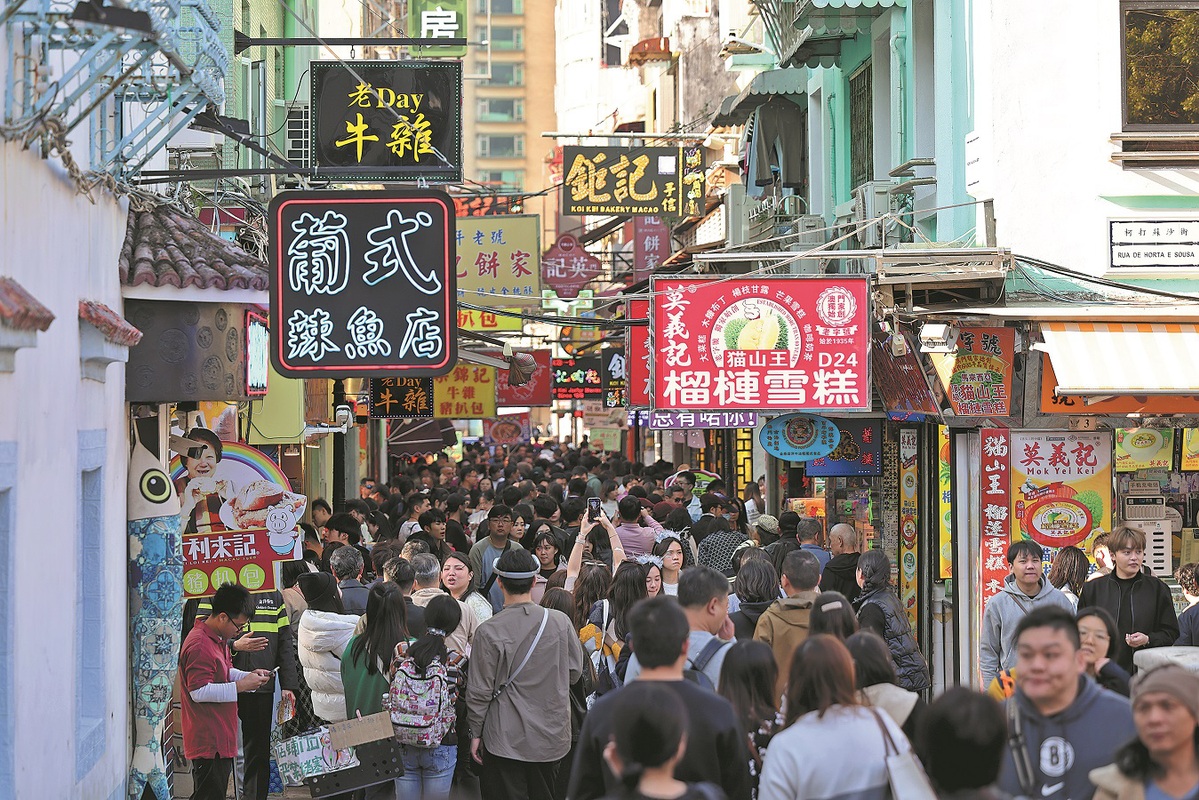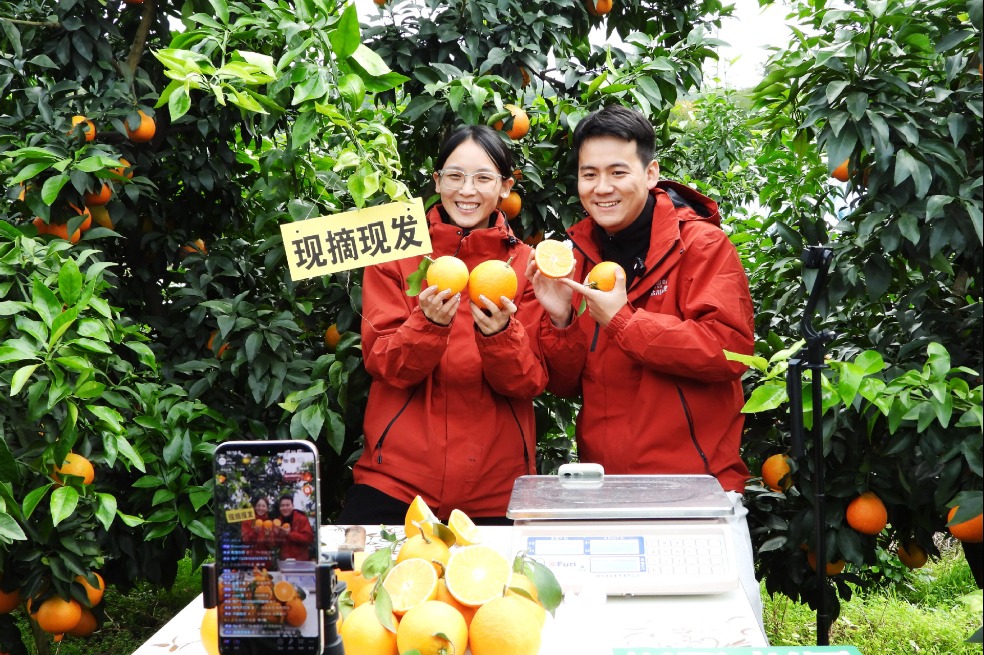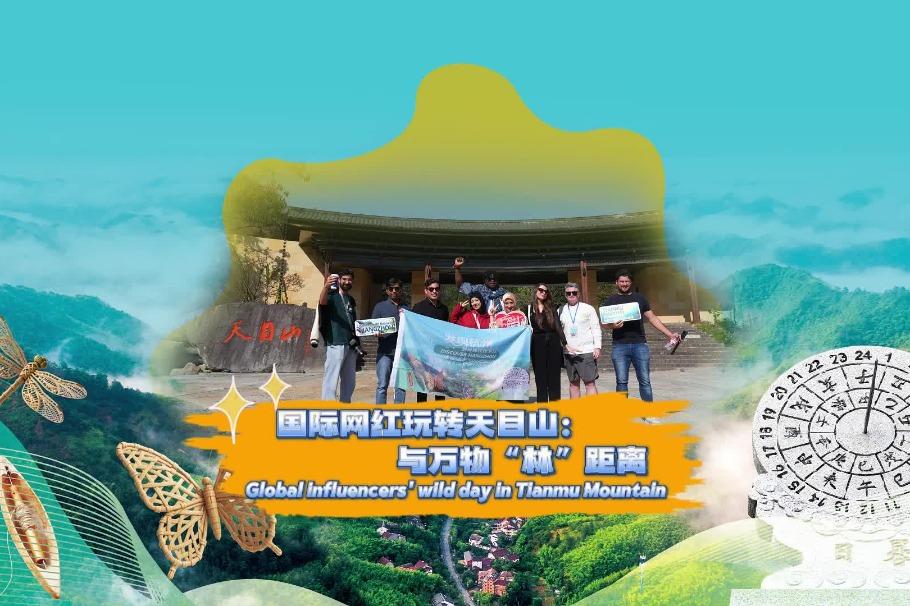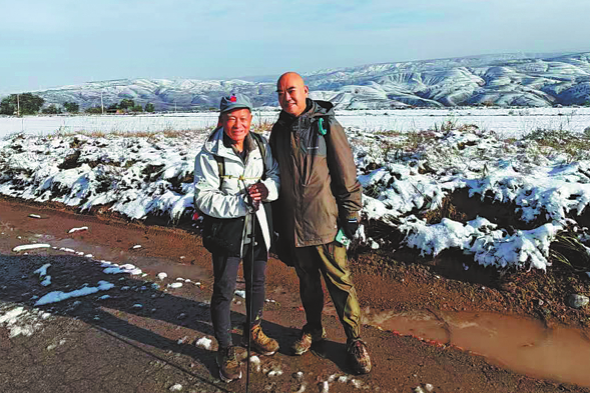Macao's fusion flavors shine
Since its return, city takes slew of measures to preserve its unique dishes


Macanese chef Palmira Pena is in the kitchen preparing a classic dish, "Minchi". Palmira has started cooking the essential ingredients: minced pork and beef. The enticing aromas fill the air as she chops onions and garlic for seasoning and fries diced potato in oil.
Once everything is ready, she begins to blend her aunt's traditional secret recipe, which artfully combines Eastern and Western seasonings. "This is my family's secret recipe," she said, adding that it is also the "key to the deliciousness of this dish".
Palmira, daughter of Portuguese father and mother who hails from Zhuhai, Guangdong, owns a restaurant in Taipa, Macao. She takes pride in her heritage and eagerly steps into the kitchen whenever diners express a desire to experience authentic Macanese dishes.
According to Palmira, the essence of Macanese cuisine lies in its remarkable fusion. This culinary style combines Portuguese and Chinese influences, integrating seasonal ingredients and spices sourced from Europe, South America, Africa and Southeast Asia. The result is a rich tapestry of flavors that reflects the diverse history and cultural intersections of Macao.
"Macanese cuisine is the world's first fusion cuisine. Its uniqueness lies in combining Eastern and Western ingredients; for instance, I use olive oil alongside Chinese rice wine. I prefer cooking with an iron wok because I admire Chinese culinary techniques and enjoy steaming hot food prepared in it. This dish beautifully blends Eastern and Western cultures," she said.
- Top political advisor calls for sound formulation of 2026 consultation plan
- What makes 'The Summit of Tianjin' special?
- Pharmacist jailed for falsifying test results, insurance fraud
- CPC holds symposium to commemorate 110th birth anniversary of Hu Yaobang
- Scientists design new coating for rare earth materials to glow when powered by electricity
- Mainland official slams Japan's remarks on Taiwan





































